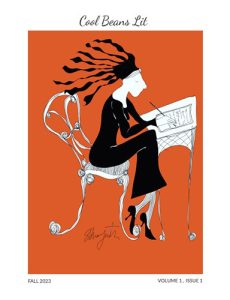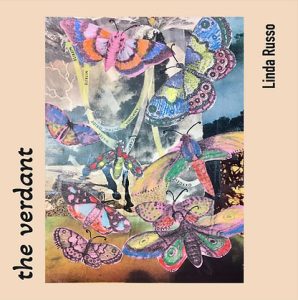Southern Humanities Review – Summer 2012
Volume 46 Number 3
Summer 2012
Quarterly
Mary Florio
When money’s involved, what constitutes a document can be volcanically contested. Prior drafts, letters of intent, symbols sketched on a corner of a tablecloth are material one way or the other, if at all. Not so with every literary magazine. The summer 2012 issue of Southern Humanities Review is the first out of maybe twelve issues that I’ve reviewed that is curiously harmonic, down to the detailed footnotes of an essay. The Minutes of the Executive Board Meeting of the Southern Humanities Council, the copyright attribution on the last page from November 1931 are allusive, contributing to a cohesive whole, teasing, in the vein of a modern Nabokov, what is real, what is to be believed.
When money’s involved, what constitutes a document can be volcanically contested. Prior drafts, letters of intent, symbols sketched on a corner of a tablecloth are material one way or the other, if at all. Not so with every literary magazine. The summer 2012 issue of Southern Humanities Review is the first out of maybe twelve issues that I’ve reviewed that is curiously harmonic, down to the detailed footnotes of an essay. The Minutes of the Executive Board Meeting of the Southern Humanities Council, the copyright attribution on the last page from November 1931 are allusive, contributing to a cohesive whole, teasing, in the vein of a modern Nabokov, what is real, what is to be believed.
The efforts of Auburn University faculty have won the school a strong reputation and a considerable but not unusual amount of federal funding. I make this connection only to highlight that the publication, which is housed at Auburn, published a trove of nonfiction (about 50% not including book reviews, the aforementioned minutes or the contributor notes). Moreover, the fiction and poetry were what my poet friends call “truthy.” The only artifice was perhaps in Martin Noval’s “Turning Bears into Chipmunks: The Wild, the Violent and the Destruction of the Earth”:
More and more we see Nature as merely useful, as a means to serve and enhance human well-being—however that is understood at the moment – and we would preserve Nature only in the face of so-called rational arguments about the economic, health or aesthetic benefits of doing so.
I haven’t seen a sentence like that since perhaps I read Walden, in the winter of 1993 (who can’t remember when they first read Walden?). The essay is not dissimilar to those of the Transcendentalist movement that emerged in the late 1800s. Noval is not merely subjectively a modern incantation of the prominent Transcendentalist Ralph Waldo Emerson, but he actually captures the sound also. “At the beginning of this essay I said that merely understanding Nature is not sufficient to save it; rather we must be of Nature, natural beings among other natural beings.”
The essays in the volume are challenging and must have required a tremendous gift of editorial discretion—there is no quick right hook in Julian Hoffman’s “An Accumulation of Light,” unless it is the elegant first sentence: “It reached me as an afterglow.”
As a reader for an annual poetry prize, I see about 2,500 pages of verse per cycle, and maybe 25% of the verse is opaque despite many efforts to decode it. Rather than remove the verse from consideration, I forward it on to senior editors at the press. The idea is that whether or not you prefer Mary Oliver to Sylvia Plath, if Plath is the better poet, choose Plath. After the rigorous and sometimes jocular essays in this volume, I was lucky enough to read poetry that was easier to unpack and had the best of both worlds—poems full of insight and craft. Take Dana Koster’s “Hummingbird Heart,” about the enormity of new life or David Salner’s “Milton,” about the enormity of life already gone. Jacob Newberry’s Rondel “Paris Called: She Craves me Wildly” and “Theology of Wasps” have all the cache of the canon in terms of literary discipline at the expense to nothing. I nod respectfully to Ace Boggess’s “The Times,” which is a sturdy elegy to Bob Dylan in a magical tone that evokes the voice of that era.
The fiction in this volume is not art for art’s sake alone—both Jennifer Cranfill’s “The Last of the Small Town Girls” and Toni Graham’s “Ash” are tales of our generation. One might say something that simplistic and expect it to be accepted, but to clarify for those who do not accept such a statement, I mean to underscore that while Cranfill tells the story of a news reporter seeking work and finding Waco, Texas, and that while Graham writes about sexuality in various incantations, these voices capture ideas and events that have come to define the document that is our lives.
[cla.auburn.edu/shr]




